NPS Website
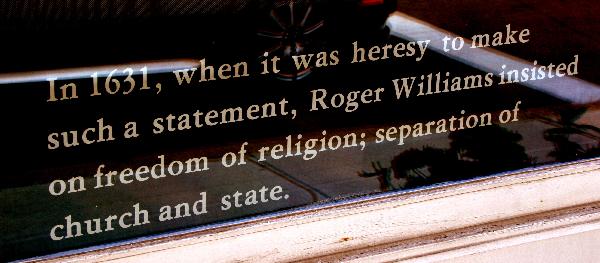
WHAT IS IT?
A one room Visitor Center/Museum located on 4½ acres of landscaped park near the center of Providence, R.I. dedicated to Rhode Island founder Roger Williams and his legacy of religious tolerance.
BEAUTY (2/10)
Neither the narrow blink-and-you’ll-miss-it city park nor the nondescript Visitor Center is anything to write home about. The park does afford a side view of the imposing white marble Rhode Island State Capitol and some shaded patches of lawn should local college greens get too crowded.
The regal Roger Williams Memorial statue stands in Prospect Terrace Park, two blocks east of the NPS site and directly uphill (drive here). Confusingly named, the statue is not a part of the National Park Site. No matter. The statue's high perch offers wide vistas of Providence. From here, Roger Williams still looks over his city and on clear days can probably view his entire state.
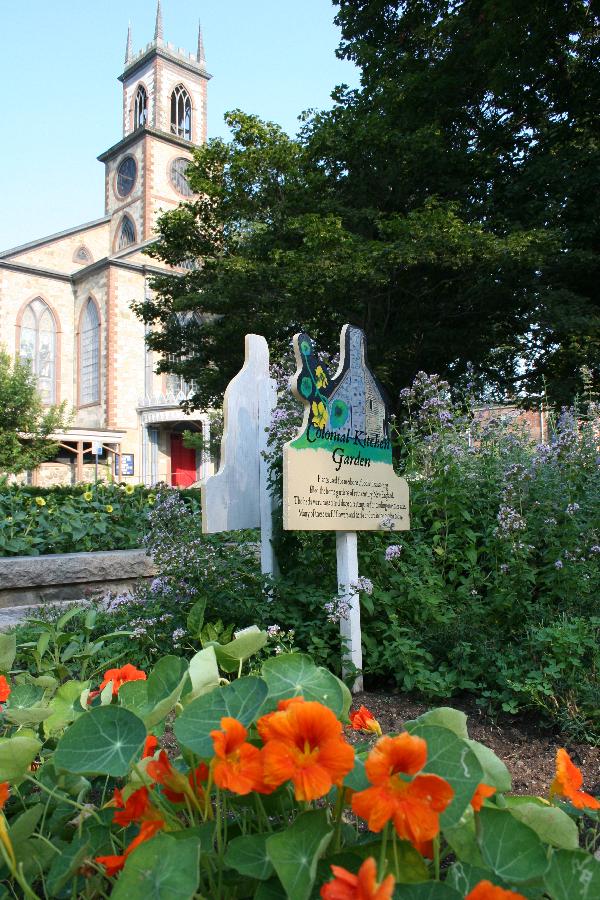 HISTORICAL INTEREST (6/10)
HISTORICAL INTEREST (6/10)Roger Williams was a dogged dissenter and itinerant Seeker of religious enlightenment through God's truth. Naturally, he first angered the Church of England, whom he believed was too Catholic, and later alienated his own Massachusetts Puritans whom he deemed had not done enough to separate the church from the state.
Williams peaceably, if not hurriedly, left England in 1630 and was banished from Massachusetts in 1635 because of his troublesome beliefs and stubborn opinions. Williams, after receiving land from the Narragansett Indians, soon started the colony of Rhode Island as a respite for varying religious beliefs. A place where laws would be made “only in civill things”.
Williams' legacy of religious tolerance legally mandated through the separation of church and state would become a pillar in the creation of an American consciousness and would be made National law by the First Amendment to the US Constitution.
What the current Park Site location has to do with this vitally important history is anybody's guess. Park literature say it is “a common lot of the original settlement” and goes no further. Doesn't all of Providence meet this requirement?
CROWDS (5/10)
Nobody else was inside the Lilliputian Visitor Center. A good thing. The Park, wedged between two busy cross-town Providence streets, is no welcoming expanse.
The few people that we encountered at Prospect Terrace Park did not have Roger Williams and tolerance on their minds. We overheard them discussing how no one should be let in the country if they don't speak English. What would Roger have thought about such exclusionary words spoken just yards from where he founded his colony on the principle of “shelter for persons distressed of conscience?”
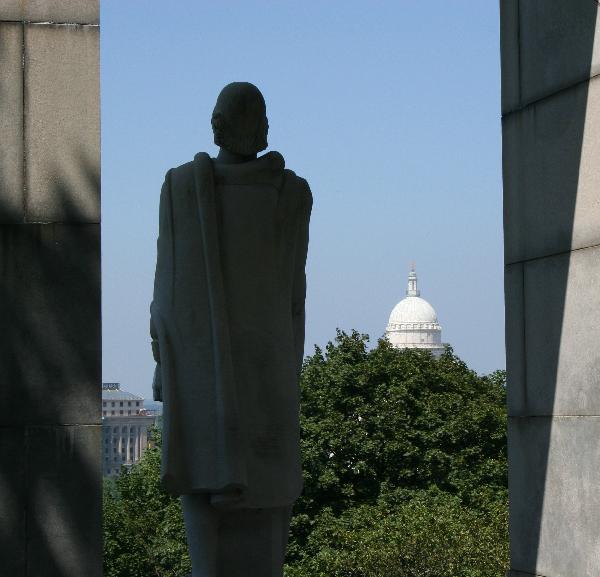 EASE OF USE/ACCESS (3/5)
EASE OF USE/ACCESS (3/5)The largely one-way Providence streets can be a little confusing, especially when they skirt the prohibitively steep College Hill. North Main Street runs one-way northward, Canal Street runs one-way southward and Roger Williams NMEM is in between. Just past the Park's northern tip, these two roads converge and diverge, spawn new names, reverse one-way course and defy explanation.
Park literature says take Interstate Exit 23 and follows with a whole bunch of quick turns. We say visually find the Rhode Island State Capitol building. Find the road that goes in front of it: Smith Street. Drive past the Capitol (it will be on your right); turn right onto Canal Street then make a quick left into the small, free parking lot in front of the Visitor Center. There is no parking lot access from North Main Street.
The Visitor Center is accessible to individuals with disabilities. It is not that large so Rangers often travel out to schools or other interested groups to make their presentations.
CONCESSIONS/BOOKSTORE (3/5)
The bookstore offered a nice selection of pen-and-ink and photographed postcards of Providence. The book choice was appeasingly esoteric and included a number of Roger Williams' original texts including Bloudy Tenent and A Key into the Language of America. We were intrigued by the award-winning The Name of War: King Philip's War and the Origins of American Identity and Good Wives: Image and Reality in the Lives of Women in Northern New England, 1650-1750. We did not buy them, but we were intrigued.
COSTS (4/5)
Free, free, free, free, free.
RANGER/GUIDE TO TOURIST RATIO (3/5)
A very friendly Ranger gave us her undivided attention during our 2004 visit. When we returned in 2006, an aloof volunteer had taken the Ranger's place.
TOURS/CLASSES (3/10)
Indoor size constraints allow only for wall-based exhibits panels. The first details Roger Williams’ wayward and influential life: from his birth in England to religious banishment from Massachusetts to his founding of Providence. The exhibit's detail is superficial at best. Read the surprisingly in-depth Park brochure for more info. Better yet, if you stroll down Main Street, you will see a mélange of multi-denominational places of worship and understand Williams’ influence on this fair city.
The other VC exhibit showcases Williams' legacy: the idea and the actualization of religious freedom. Time lines highlight progress and setbacks in American religious tolerance. Panels examine issues like the Constitutional separation of church and state whose importance and immediacy still resonate.
It is a shame that Freedom of Religion via the legal separation of church and state, a crucial, vital and often confusing American idea, gets so little space in the National Park System. Even more troubling was the darkness in the exhibit room during our 2006 visit. The volunteer turned out all the lights “too keep it cooler in here,” thus dimming the displays to almost unreadable. Is there no more light to shed on this subject?
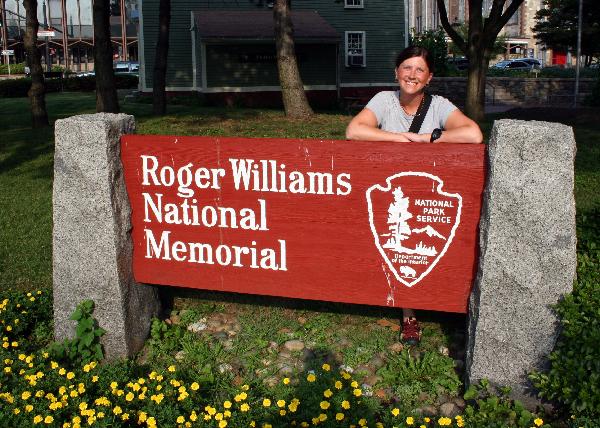 FUN (2/10)
FUN (2/10)There is nothing to do at Roger Williams NMEM. The Site is a city park. The Park could offer a walking tour that spanned Roger Williams-related sites or point the visitor to historic churches and early settlements. The Park brochure mentions a few sites but contains no map. As it stands, the visitor is left to their own rudderless accord in a sea of Providence confusion. And PS, modern day Rhode Islanders aren’t known for their charm with visitors.
WOULD WE RECOMMEND? (3/10)
Where does Roger Williams NMEM rank among must-see Providence tourist destinations? Not so high. Use the Site’s green space to catch your breath after a climb up to College Hill to see Gab’s alma mater Brown University or the Rhode Island School of Design. Brown’s college green is idyllic and is encircled by lecture halls and buildings designed in every major architectural style. The RISD Museum with its collection of French Impressionist paintings, Greek and Roman sculptures and popular exhibits of contemporary art is particularly noteworthy.
Brown and RISD are among several schools that find their home in tiny Providence, along with countless meeting houses and places of worship whose congregations have been using them for hundreds of years. Federal Hill hosts dozens of Italian eateries and shops. The neighborhoods of Fox Point and East Providence hold on to their Portuguese and Cape Verdean roots. Providence packs in a lot of history and diversity in a small space. Rather than exemplify and celebrate this city trait, Roger Williams NMEM gets lost in the crowd.
TOTAL 34/80
www.usa-c2c.com
© 2004--06
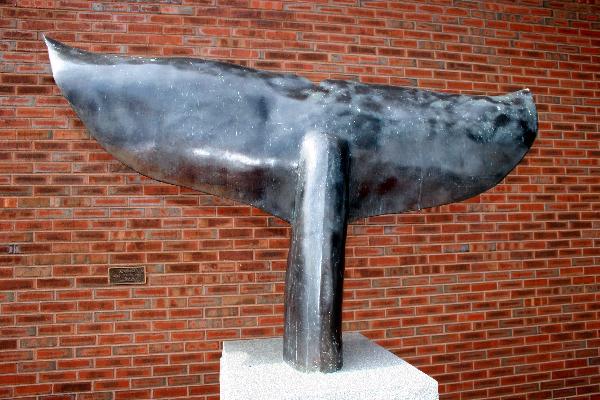 WHAT IS IT?
WHAT IS IT?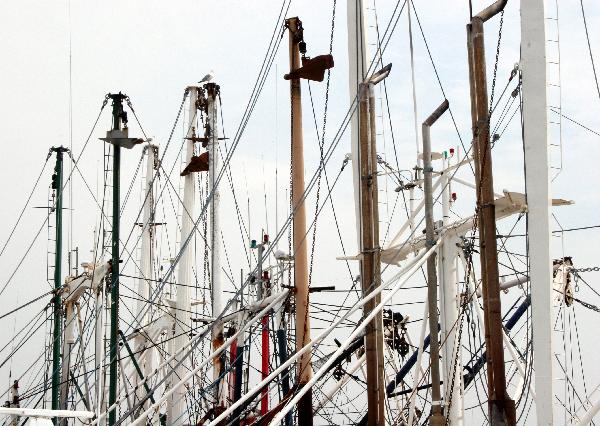 CROWDS (8/10)
CROWDS (8/10)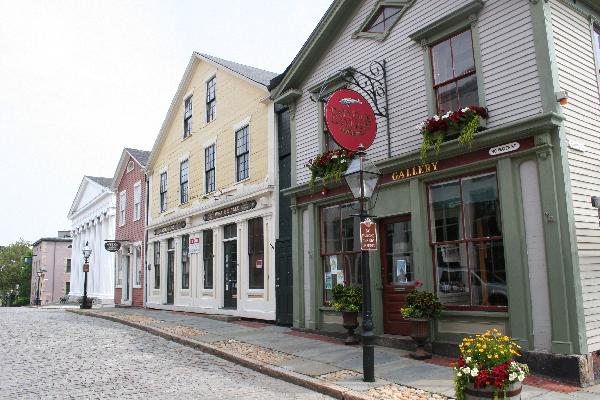 CONCESSIONS/BOOKSTORE (5/5)
CONCESSIONS/BOOKSTORE (5/5)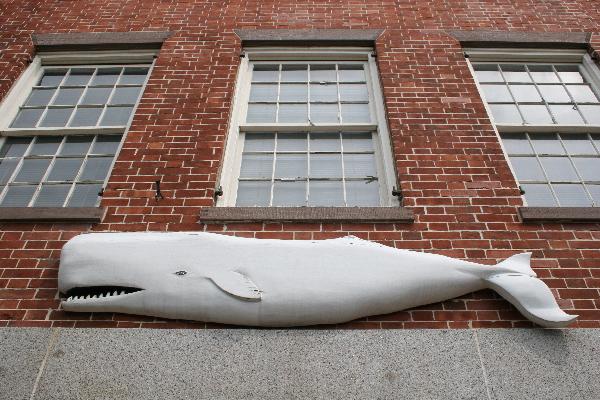 FUN (7/10)
FUN (7/10)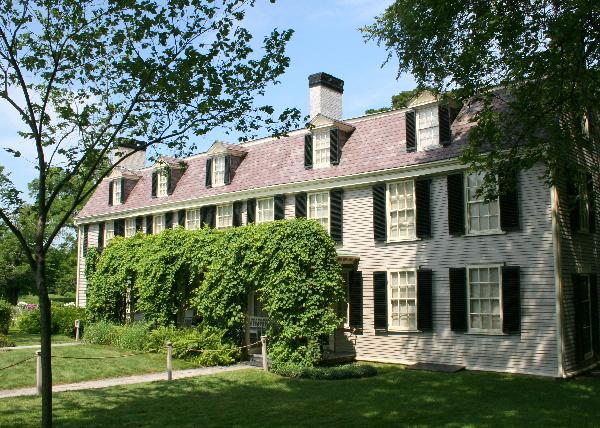 WHAT IS IT?
WHAT IS IT?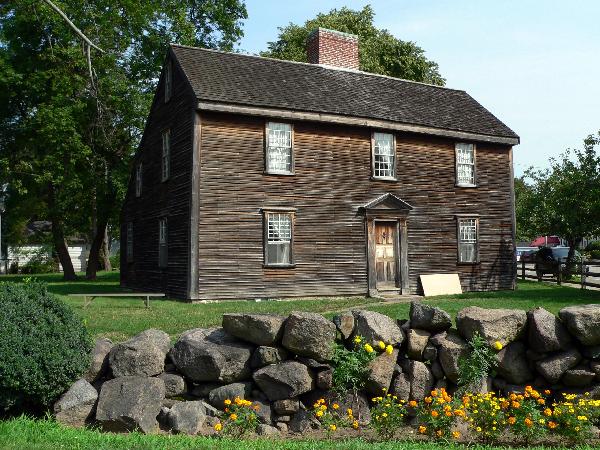 CROWDS (5/10)
CROWDS (5/10)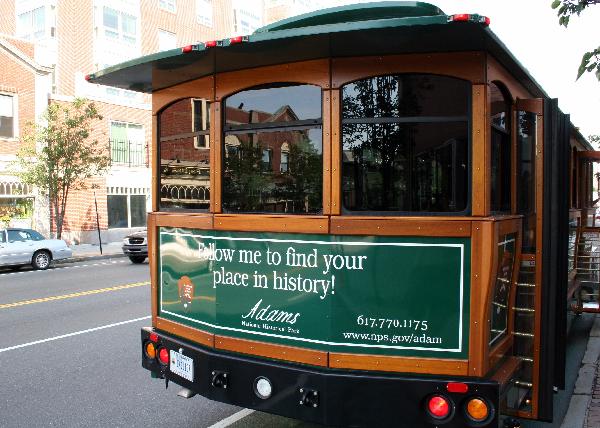 CONCESSIONS/BOOKSTORE (5/5)
CONCESSIONS/BOOKSTORE (5/5)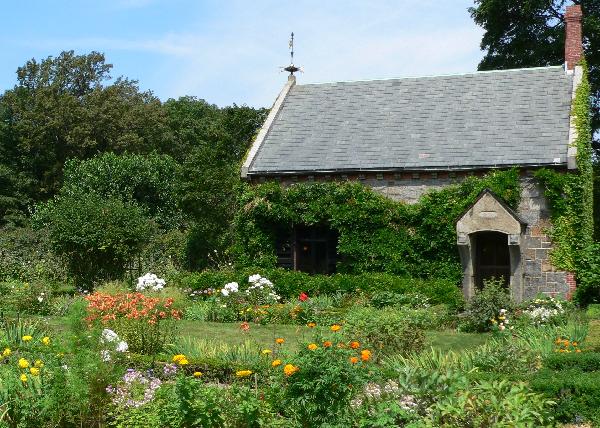 WOULD WE RECOMMEND? (8/10)
WOULD WE RECOMMEND? (8/10)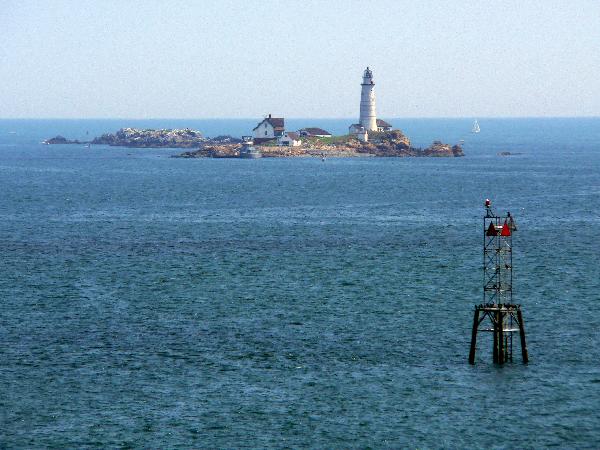 WHAT IS IT?
WHAT IS IT?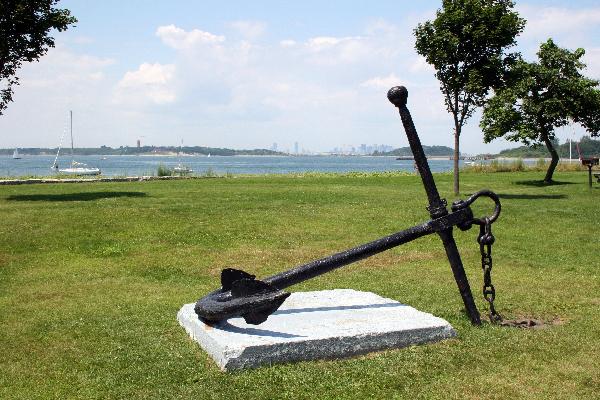 CROWDS (9/10)
CROWDS (9/10)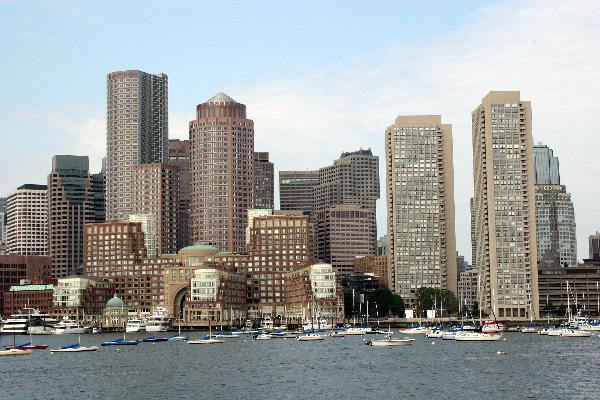 COSTS (1/5)
COSTS (1/5)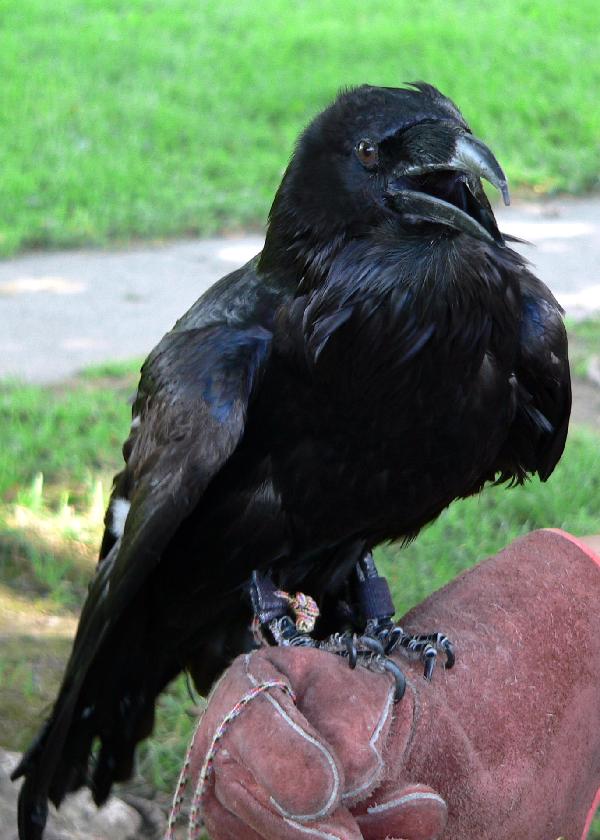 TOURS/CLASSES (6/10)
TOURS/CLASSES (6/10)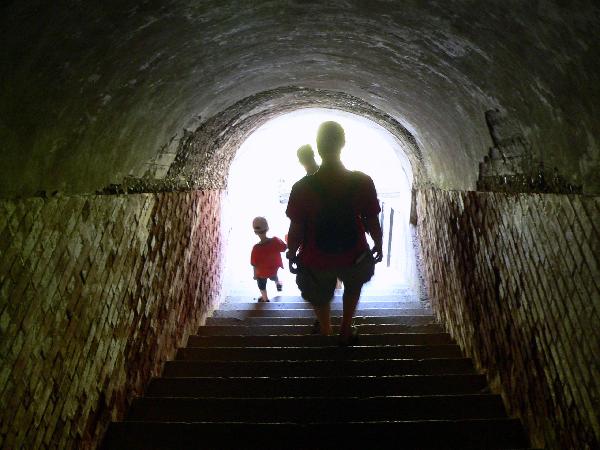 WOULD WE RECOMMEND? (4/10)
WOULD WE RECOMMEND? (4/10)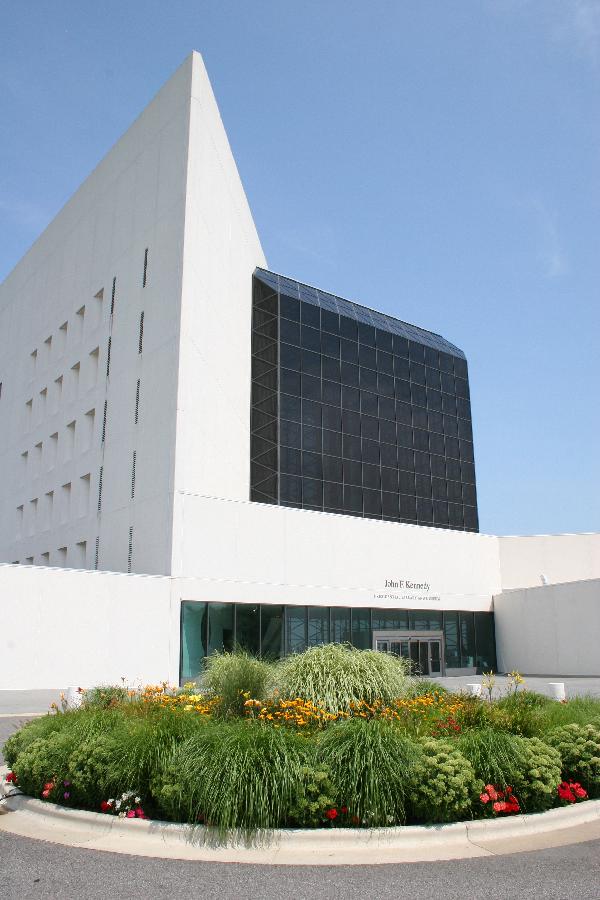 WHAT IS IT?
WHAT IS IT?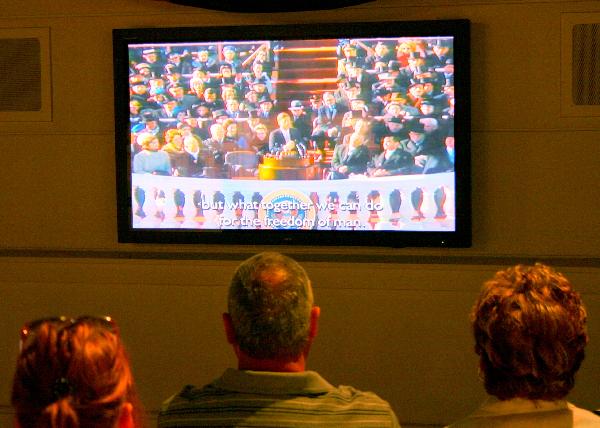 EASE OF USE/ACCESS (5/5)
EASE OF USE/ACCESS (5/5)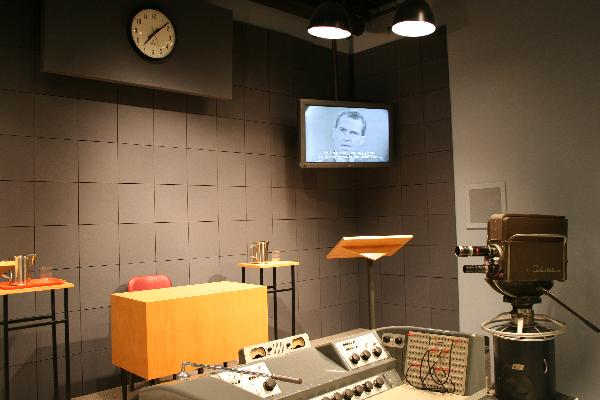 TOURS/CLASSES (6/10)
TOURS/CLASSES (6/10)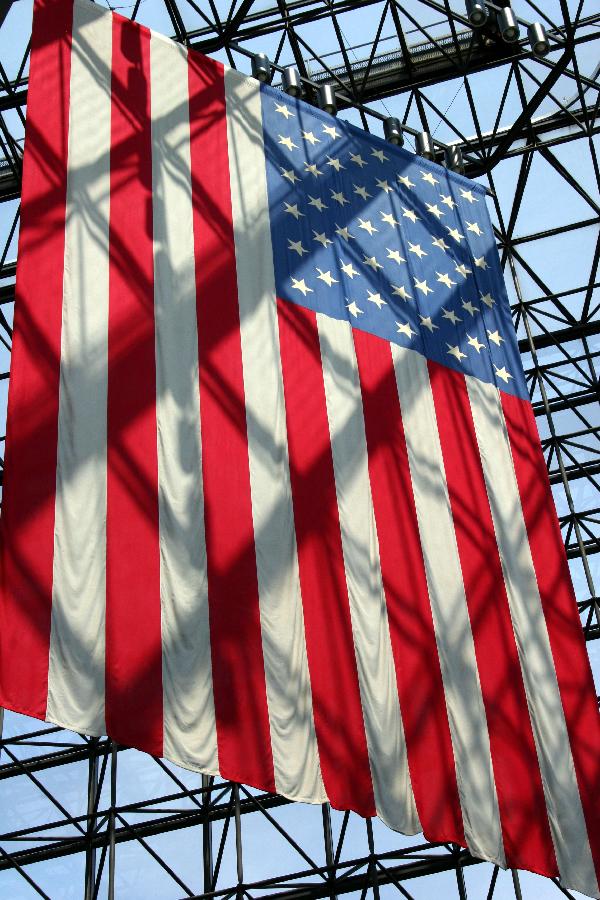 FUN (7/10)
FUN (7/10)